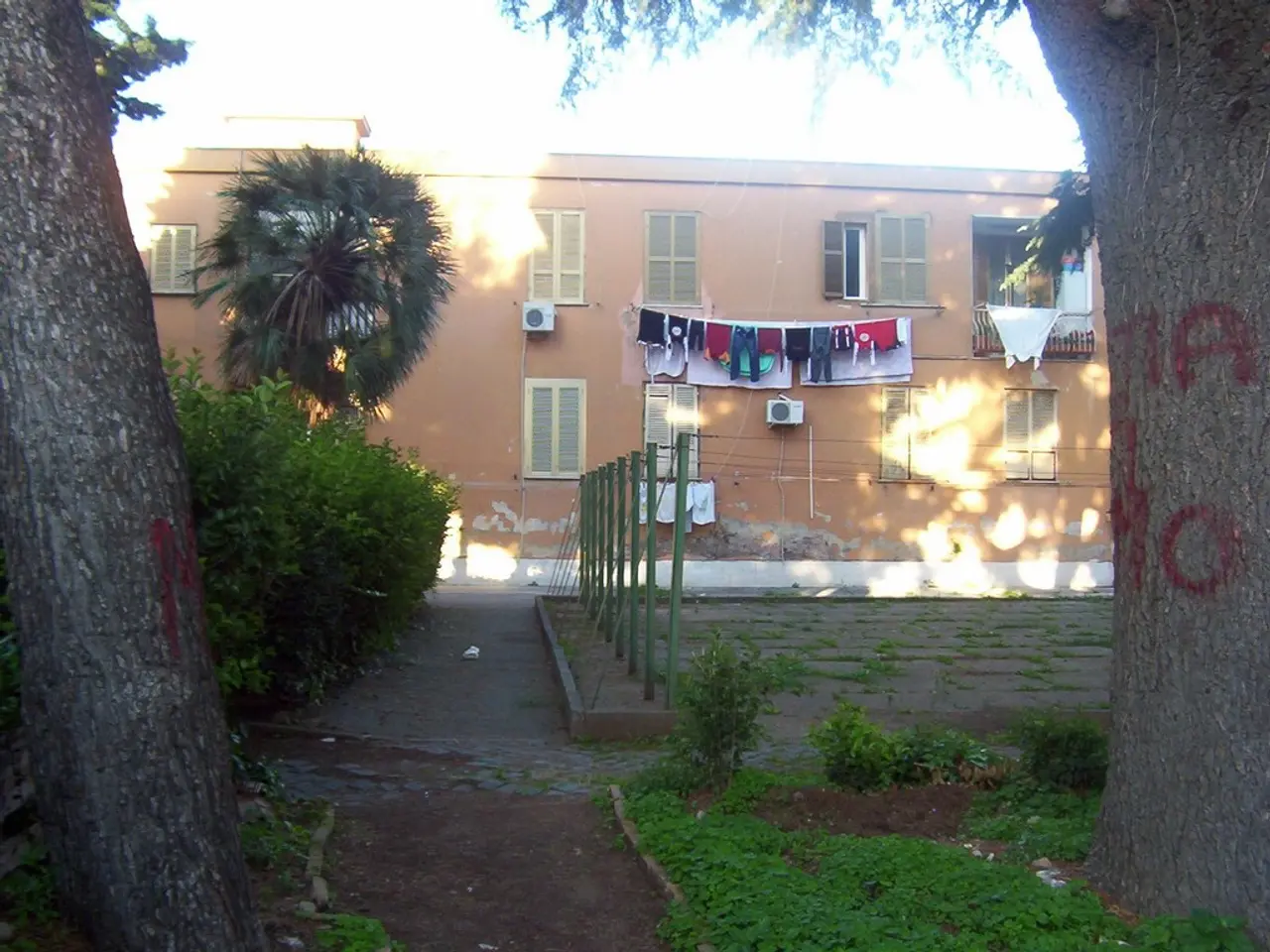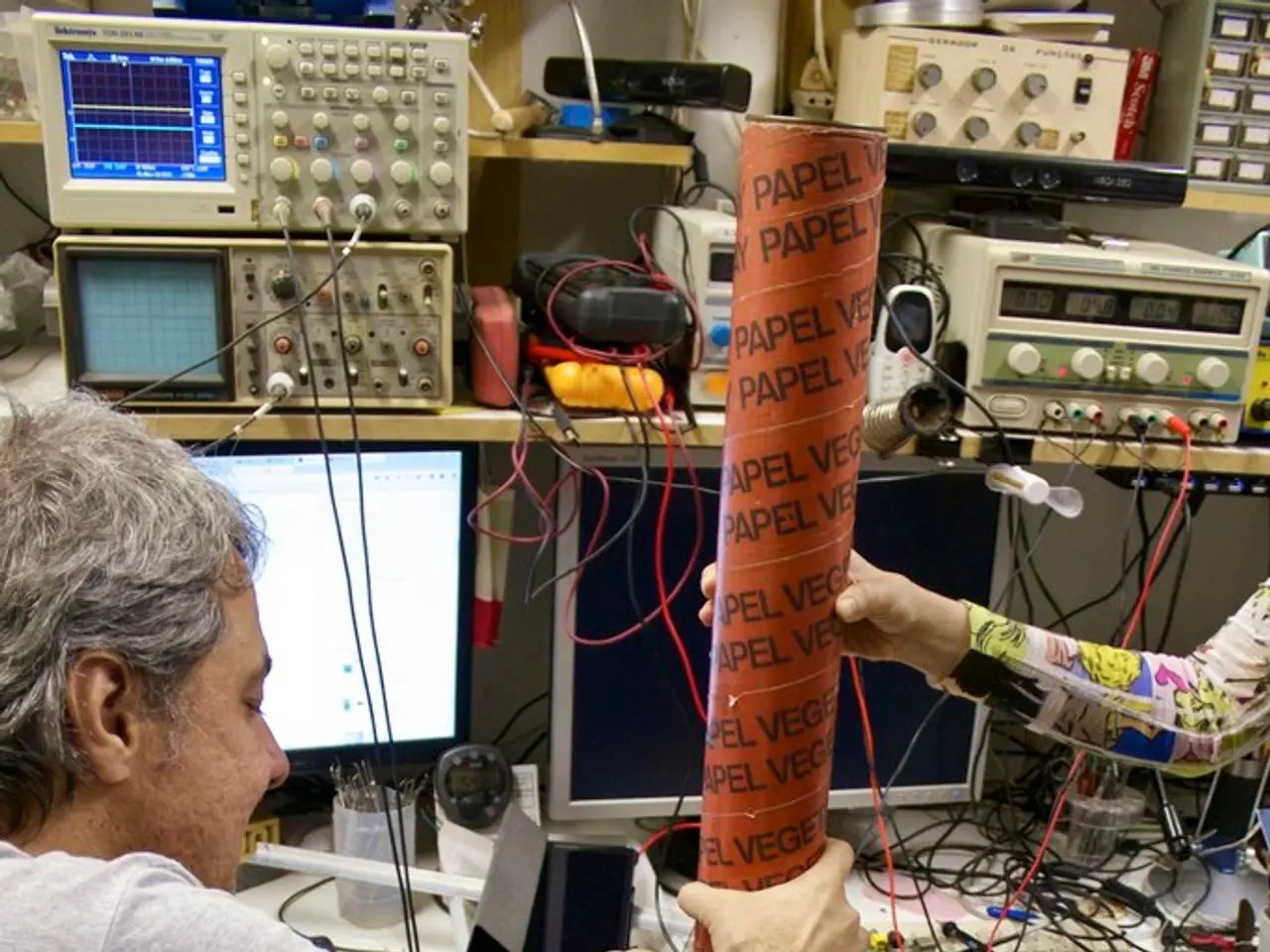Israel investigates potential Hamas ceasefire proposal, intensifies military actions in Gaza
The current cease-fire negotiations between Israel and Hamas are showing cautious progress, but significant gaps remain. The negotiations, which involve mediation by Qatar, Egypt, and a US envoy, Steve Witkoff, aim to establish a 60-day truce with phased hostage releases, prisoner exchanges, increased humanitarian aid, and partial troop withdrawals.
However, key points of contention persist. One of the main issues is the scale of prisoner releases. While Israel demands releasing fewer Palestinian prisoners than Hamas requests, the militant group insists on the release of approximately 200 Palestinians serving life sentences for killing Israelis and 2,000 detained Palestinians post-October 7. This gap remains a major sticking point.
Another contentious issue is the control of humanitarian aid. The agreement envisions a significant increase in aid to Gaza, with 400 to potentially over 500 aid trucks entering daily during the ceasefire. However, Israel, Egypt, and Qatar have reportedly agreed to ensure aid does not fall under Hamas control, although enforcement remains uncertain.
Israel plans a partial withdrawal from Gaza during the ceasefire, but the extent and security perimeter remain contentious. Israeli officials recognize this would allow Hamas to regain control of Gaza, a point of deep concern for Israel.
In addition to these challenges, the humanitarian conditions inside Gaza have sharply deteriorated. Widespread acute hunger has shocked the world, with 21 children under 5 having died of malnutrition so far this year. The conflict between Israel and Hamas, which has been ongoing for nearly two years, has left most of Gaza in ruins, and three more people died from tank shelling in Deir Al-Balah.
Despite these difficulties, mediators continue to seek a withdrawal of Israeli troops to positions held before March 2 and the delivery of aid under U.N. supervision. Hamas has submitted a new proposal for a cease-fire and hostage release agreement to Israel, and the U.S. is pushing for a 60-day cease-fire between Israel and Hamas, with the release of some hostages and prisoners.
Despite the challenges, there is hope that a resolution can be found, offering a glimmer of peace to the people of Gaza who have been forced to flee their homes multiple times due to Israeli actions.
- The talks about a cease-fire between Israel and Hamas in the Middle East are making slow, tentative progress, focusing on a truce of 60 days, prisoner exchanges, increased humanitarian aid, and partial troop withdrawals.
- However, the negotiations are also fraught with difficulties, such as disagreements over the scale of prisoner releases and control of humanitarian aid, which are both major sticking points.
- In Europe and beyond, the world watches the negotiations closely, concerned about the general news and mental health of the people affected by war-and-conflicts in the Middle East.
- Science and health-and-wellness communities are particularly interested in addressing the sharp deterioration of humanitarian conditions in Gaza, where widespread acute hunger has caused the deaths of 21 children under 5 this year, with many more at risk.
- As the conflict drags on for nearly two years, many residents of Gaza have been forced to abandon their homes multiple times due to the ongoing violence, leading to a strong need for travel documents and support services in their displacement.
- Politics and crime-and-justice are closely intertwined in the region, and successful negotiations will need to balance the needs of all parties involved to establish lasting peace and stability.




